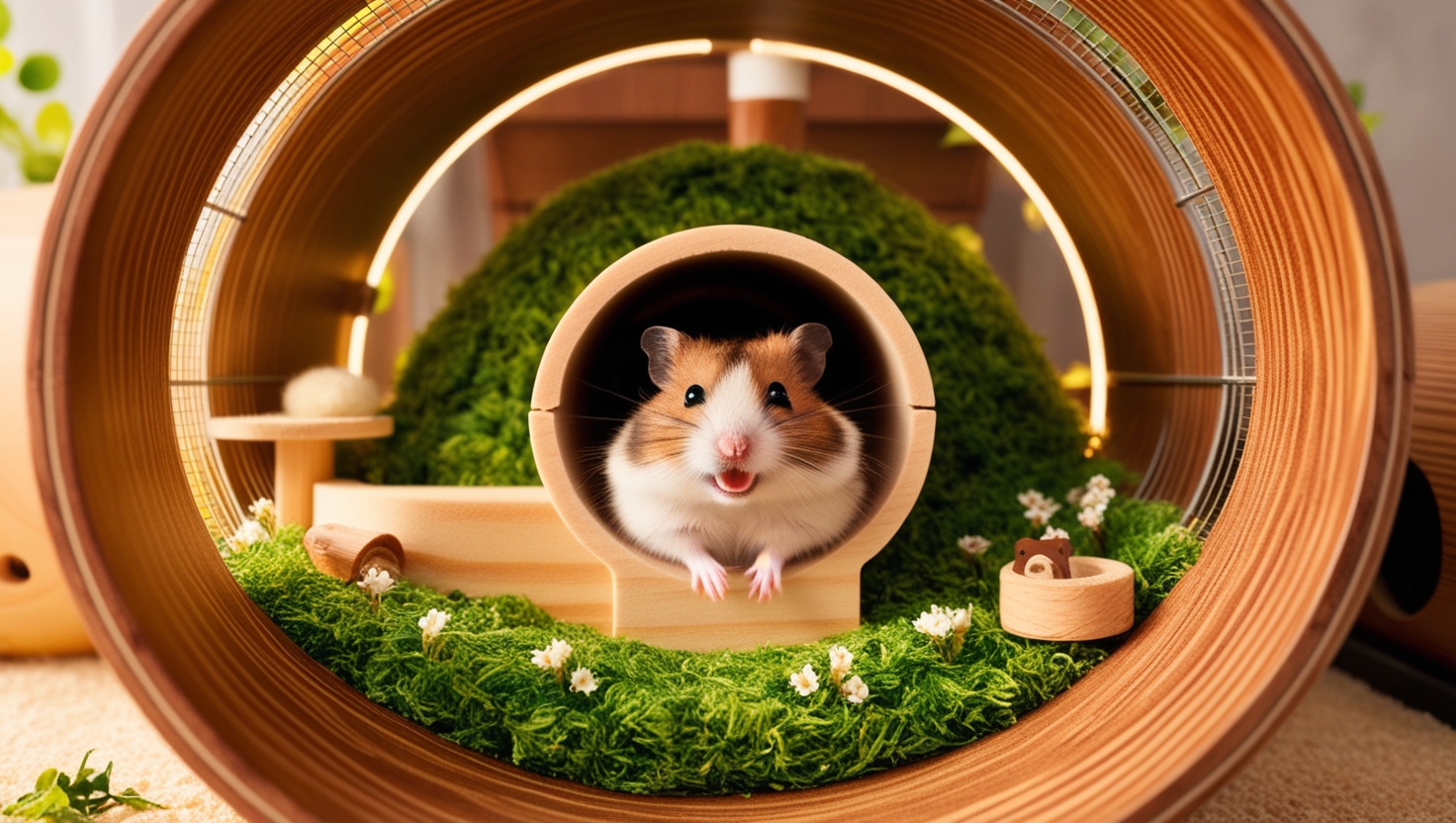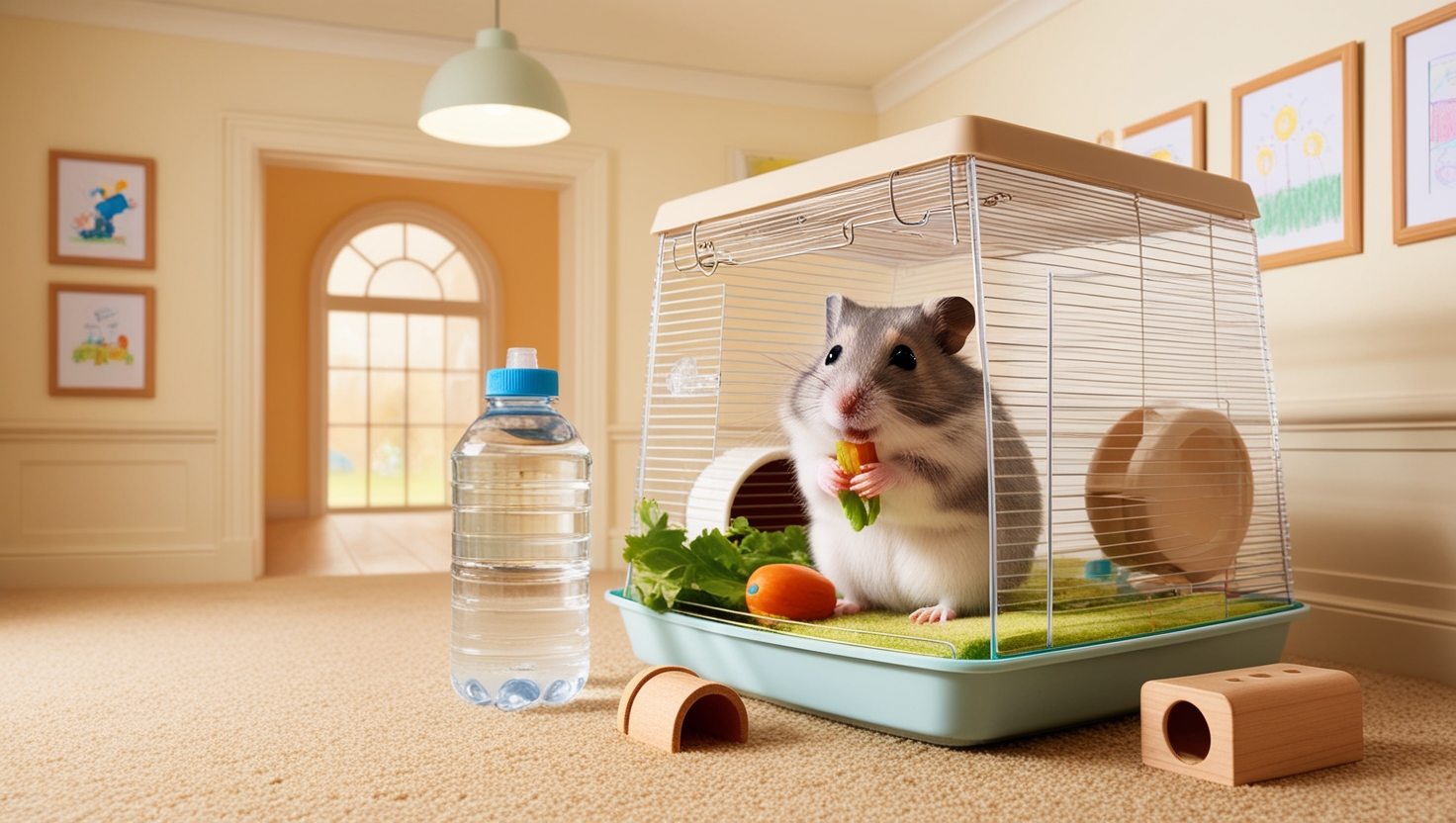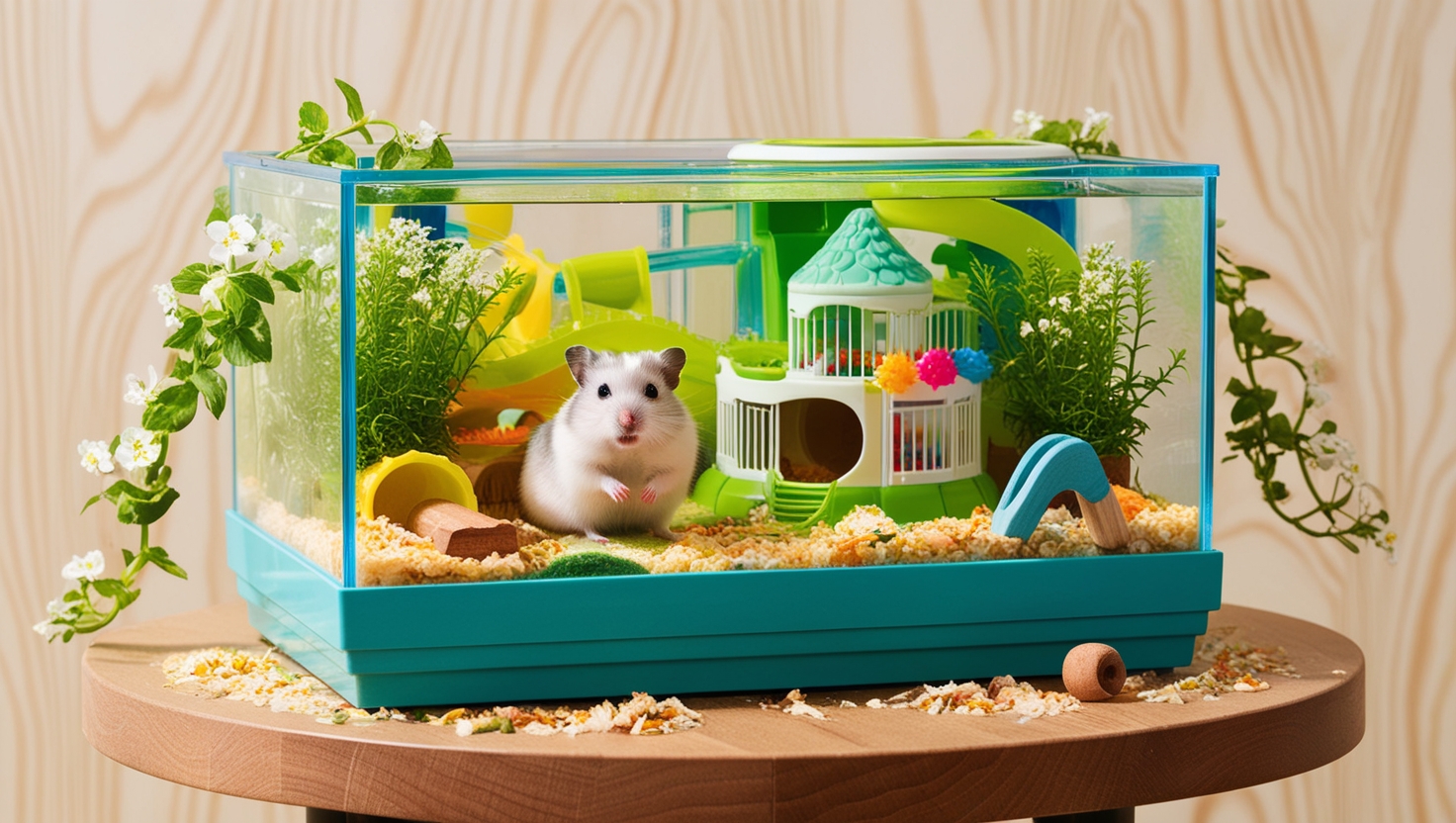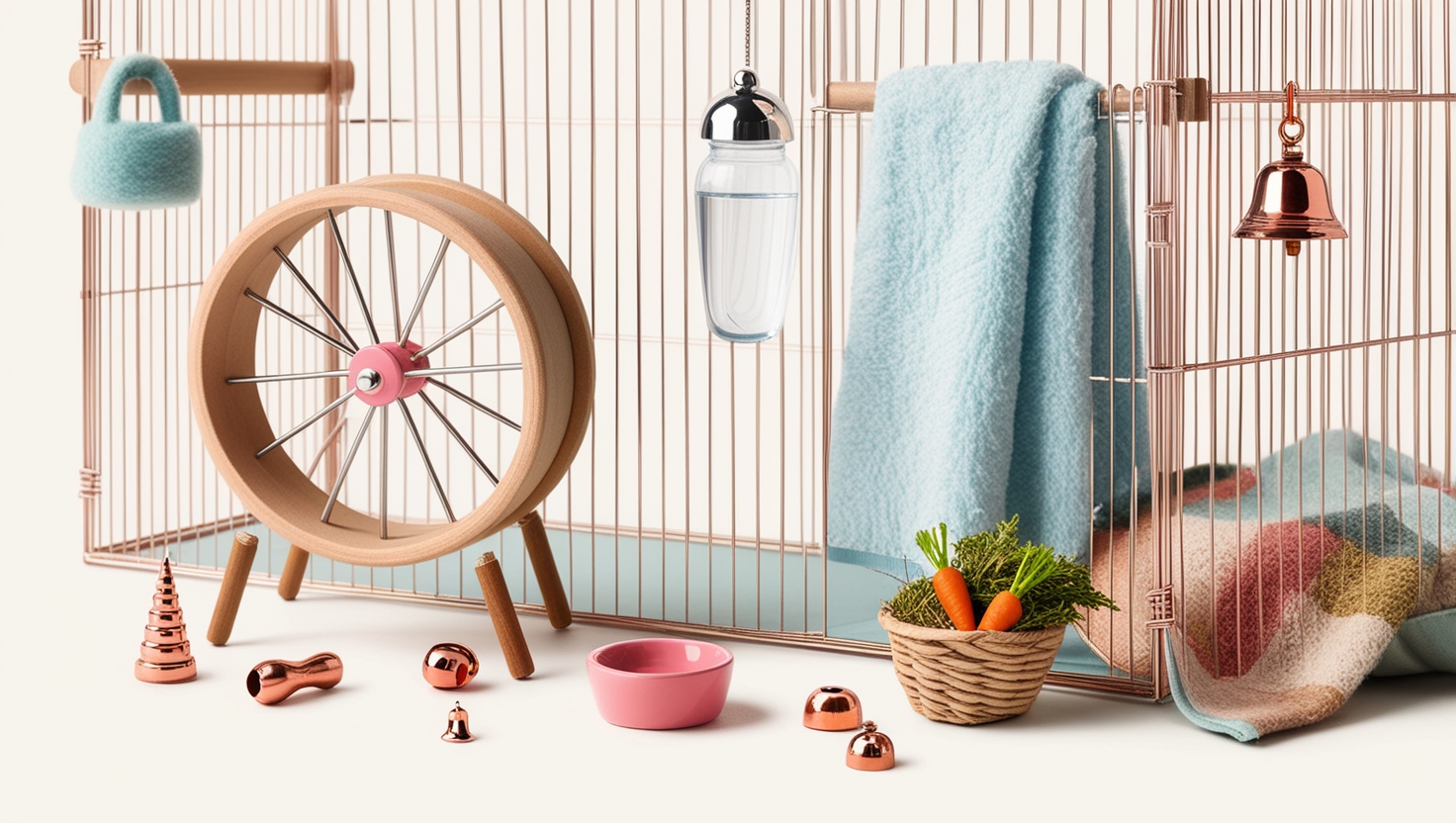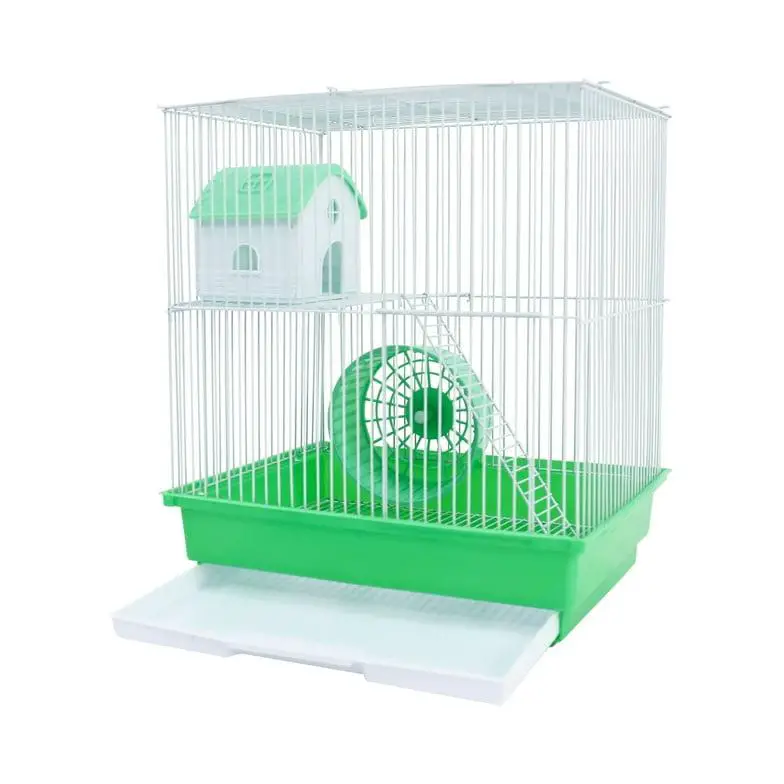Hamster cage 600 square inches – So, you’re about to embark on the wonderful journey of hamster ownership! You’re probably already picturing those tiny paws, adorable whiskers, and endless hours of amusement. But before you bring your furry friend home, there’s a crucial decision to make: choosing the right hamster cage. And trust me, bigger is always better. In fact, we’re here to make the case for why a 600 square inch cage is the gold standard for happy, healthy hamsters.

Hamster cage 600 square inches – Why Size Matters: Mimicking Natural Instincts
To understand why hamsters need so much space, we need to look at their wild counterparts. Did you know that wild hamsters are natural explorers with vast territories? Imagine this: one study found the closest distance between occupied hamster burrows to be a whopping 387 feet! They also dig elaborate burrows, averaging around 2 feet deep, which serve as their homes and havens.
What does this tell us about our pet hamsters? Simply put, those tiny bodies crave a spacious environment that allows them to express their natural instincts!
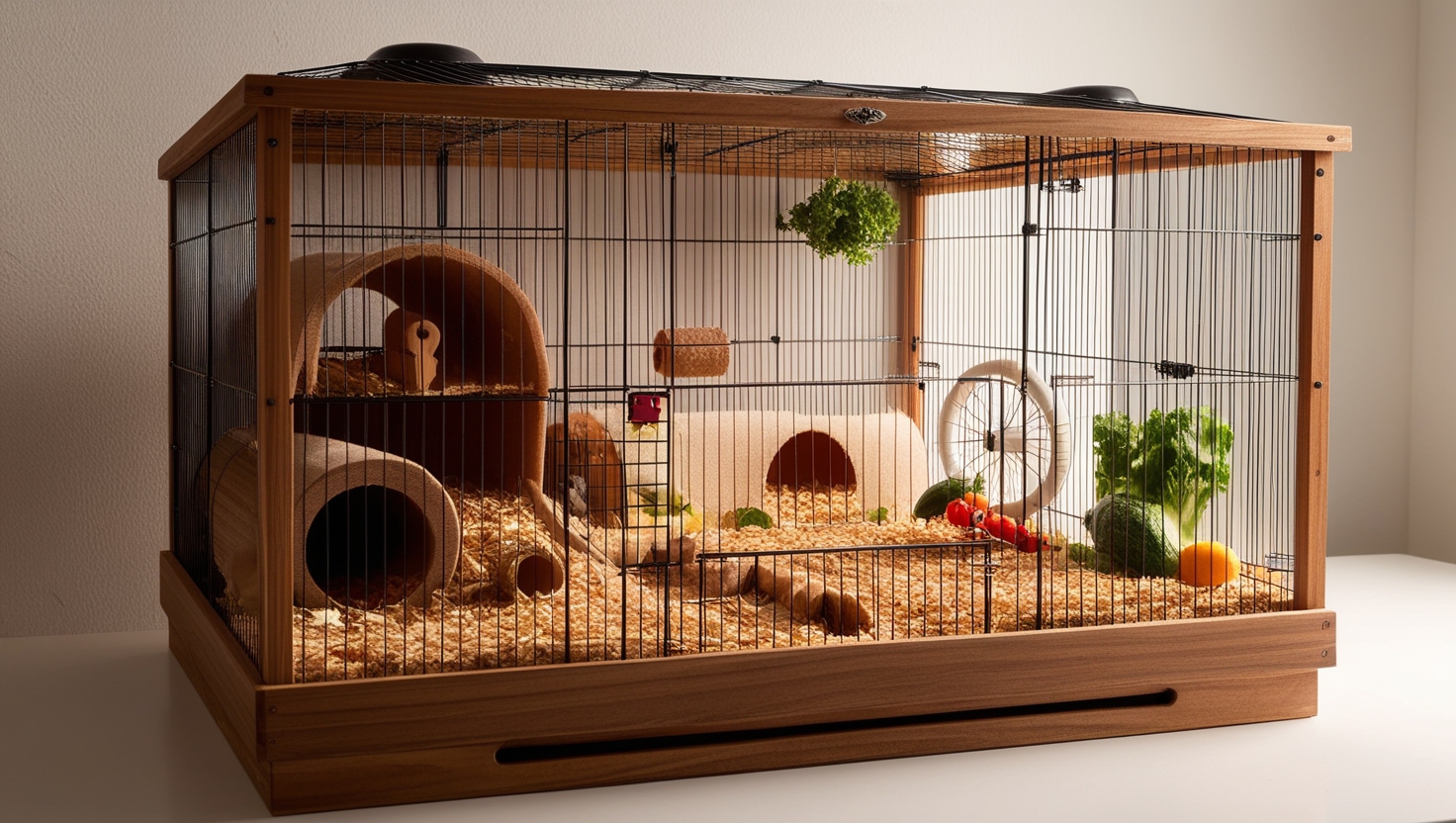
The Big Benefits of a Large Hamster Cage
Choosing a 600 square inch hamster cage isn’t just about spoiling your little buddy (although they deserve it!). It directly translates to a happier, healthier life:
1. Stress Reduction and a Happier Hamster:
Small cages can be incredibly stressful for hamsters. Imagine being confined to a cramped space with little room to move or explore – that’s no fun for anyone! This stress can manifest in several negative behaviors:
- Biting and Cage Aggression: A frustrated hamster is more likely to resort to nipping and biting.
- Bar Chewing: This constant gnawing on cage bars is a telltale sign of boredom and stress.
- Excessive Wheel Running: While hamsters love to run, excessive wheel running in a small cage can indicate a lack of other enrichment options and a desperate attempt to release pent-up energy.
A spacious cage, on the other hand, provides ample room to roam, burrow, and play, significantly reducing stress and promoting a happier hamster.
2. Less Cleaning, More Playtime:
Yes, you read that right! A larger cage actually requires less frequent cleaning. Depending on your hamster’s species and cage size, you can go up to 4-8 weeks between full cleanings! Simply spot clean regularly, and your hamster will thank you for it.
This is not only time-saving for you but also healthier for your hamster. Studies have shown that hamsters actually prefer old bedding and are more comfortable in a familiar environment.
3. A Playground for Enrichment:
A 600 square inch cage transforms into a hamster haven when you fill it with engaging enrichment items!
- Spacious Wheels: Hamsters need larger wheels than most small cages allow, preventing back problems and ensuring they get the exercise they need.
- Hideouts Galore: Multiple hiding spots mimic their natural burrows, providing security and reducing anxiety.
- Deep Bedding for Burrowing: Deep bedding encourages natural burrowing instincts, which is crucial for their mental and physical well-being.
Remember: A deeper bedding layer has also been linked to improved sleep quality in hamsters, reducing stress-related behaviors.
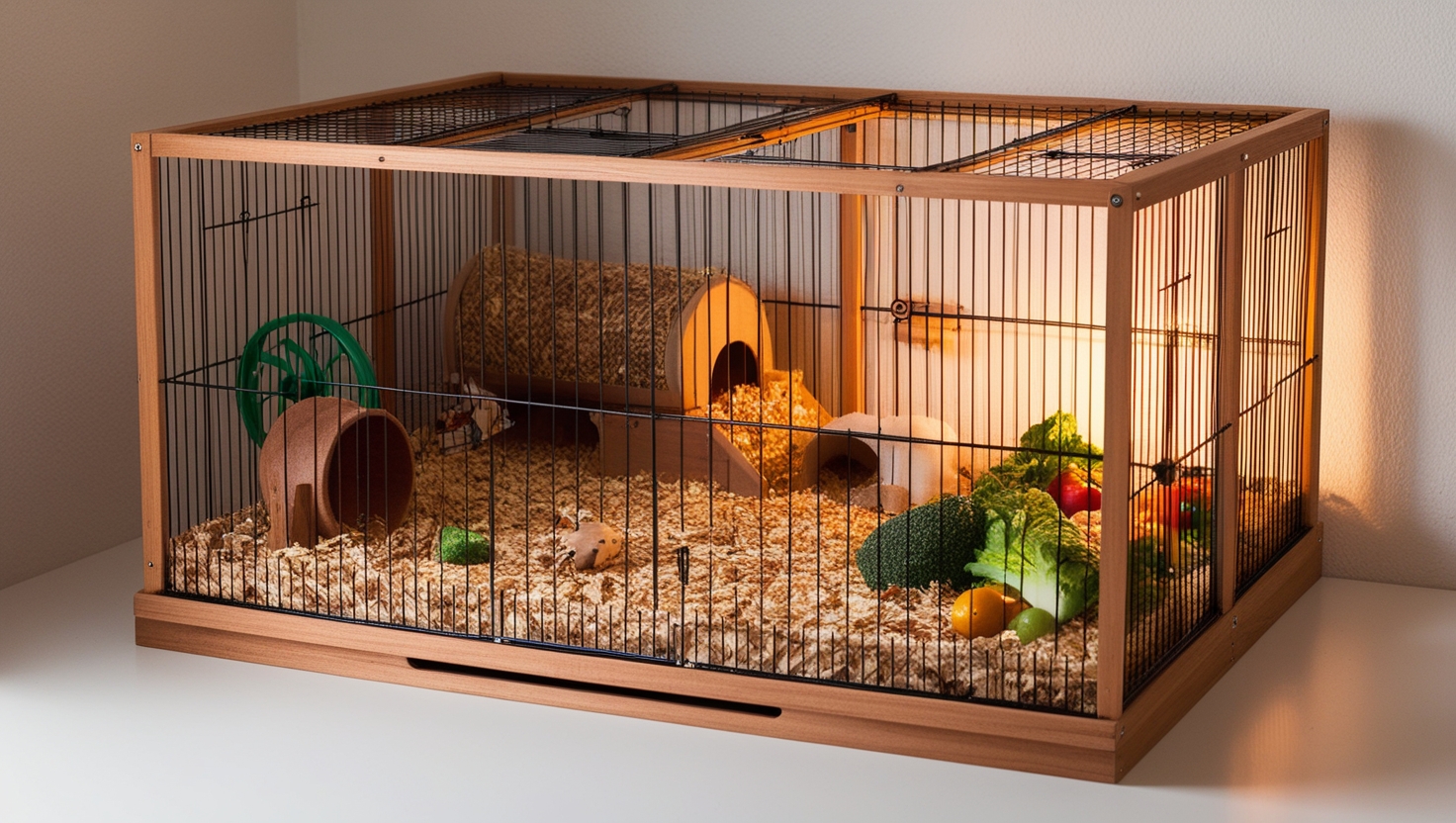
Expert Insights
Dr. Sarah Miller, a veterinarian specializing in small animal care, emphasizes the importance of spacious cages for hamsters. “Providing a large cage is one of the most impactful things you can do for your hamster’s well-being. It not only reduces stress and allows for natural behaviors but also strengthens the bond between you and your furry companion.”
A Final Thought
Choosing the right hamster cage is an investment in your pet’s happiness and health. While it might seem like a significant commitment, a 600 square inch cage provides the space and enrichment your hamster needs to thrive. Remember, a happy hamster means a happy owner!
So, are you ready to create the perfect home for your hamster? Explore different cage options, get creative with enrichment, and watch your furry friend flourish in their spacious new abode. Don’t forget to share your hamster’s home with us in the comments below – we’d love to see your creative setups!
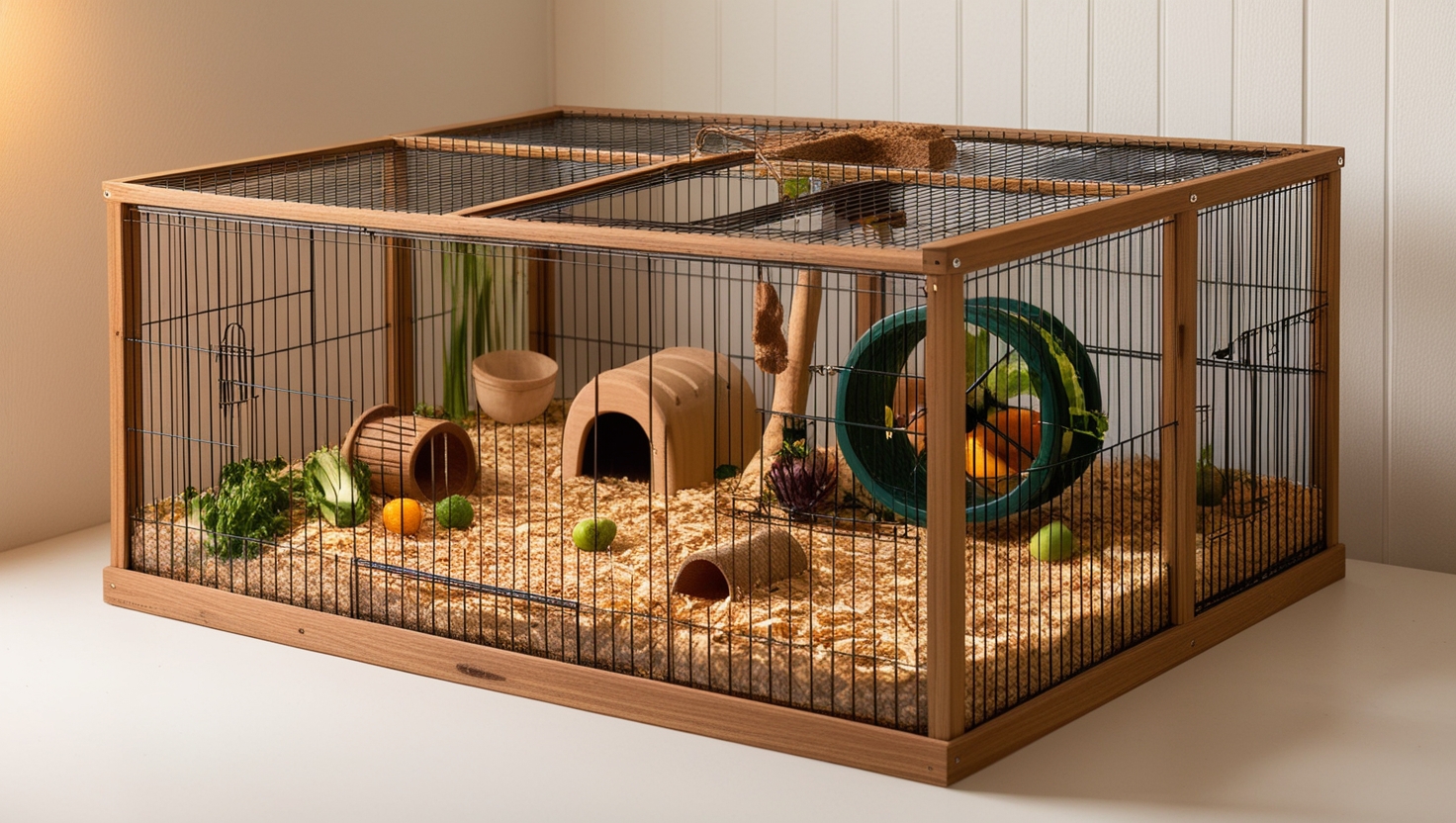
Hamster Cage 600 Square Inches: Frequently Asked Questions
Why is 600 square inches recommended for hamsters?
The American Veterinary Medical Association (AVMA) recommends a minimum cage size of 600 square inches for Syrian hamsters, which are the largest hamster species. This amount of space allows for adequate room for exercise, exploration, and enrichment.
What are the benefits of a 600 square inch cage?
A larger cage offers numerous benefits for your hamster:
Exercise: Provides ample space for running, playing, and exploring.
Mental Stimulation: Encourages natural behaviors like foraging and digging.
Reduced Stress: A spacious cage can help reduce stress and boredom.
Improved Health: Regular exercise and a stimulating environment contribute to overall health and well-being.
What are some good cage options for 600 square inches?
There are many cage options available that meet the 600 square inch requirement. Some popular choices include:
Critter Nation: A multi-level cage with a large footprint and plenty of space for enrichment.
Savic Hamster Heaven: A spacious cage with a large wheel, multiple levels, and a variety of accessories.
Prevue Pet Products 528 Cage: A classic cage with a large footprint and a spacious interior.
How can I make a 600 square inch cage more interesting for my hamster?
Here are some ideas for enriching a 600 square inch cage:
Multi-Level Setup: Add platforms, ramps, and tunnels to create different levels and encourage climbing.
Hideouts: Provide various hideouts like houses, tunnels, and cardboard boxes for your hamster to retreat to.
Foraging Toys: Hide treats in foraging toys to stimulate natural foraging behaviors.
Sand Bath: Offer a sand bath for dusting, which is essential for hamster hygiene.
Chew Toys: Provide a variety of chew toys made from safe materials like wood, cardboard, or natural branches.
What are some things to avoid when setting up a 600 square inch cage?
Here are some things to avoid:
Wire Wheels: Wire wheels can cause foot injuries, so opt for a solid wheel instead.
Toxic Bedding: Avoid cedar or pine shavings as they can be toxic to hamsters.
Sharp Edges: Ensure all cage accessories and toys are free of sharp edges or corners.
Small Objects: Avoid small objects that could be a choking hazard.
Remember: Always prioritize your hamster’s safety and well-being. Choose a cage that meets their needs and provides a safe and enriching environment.



